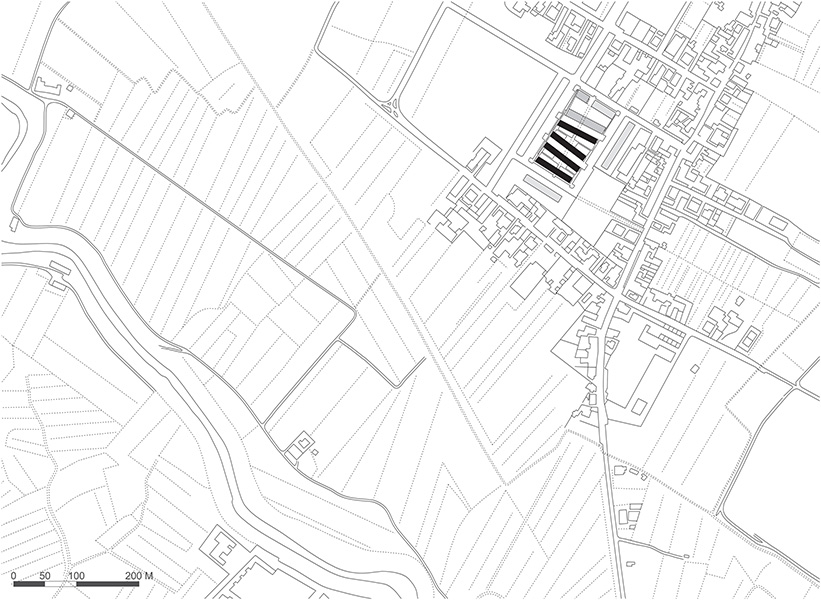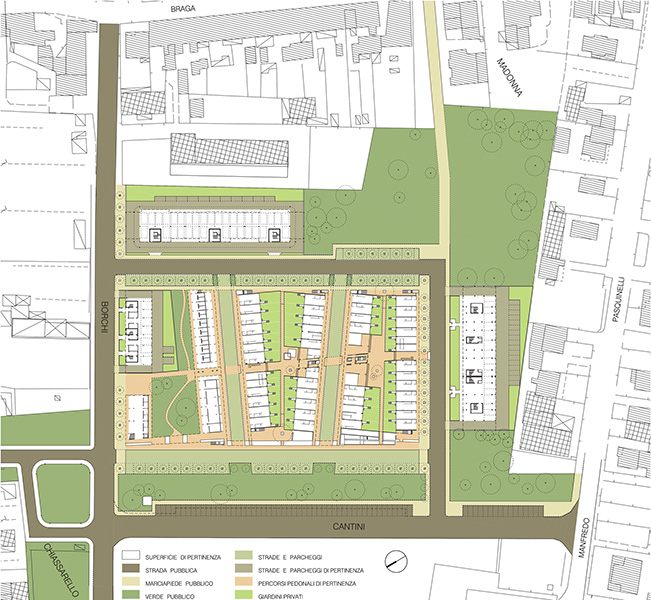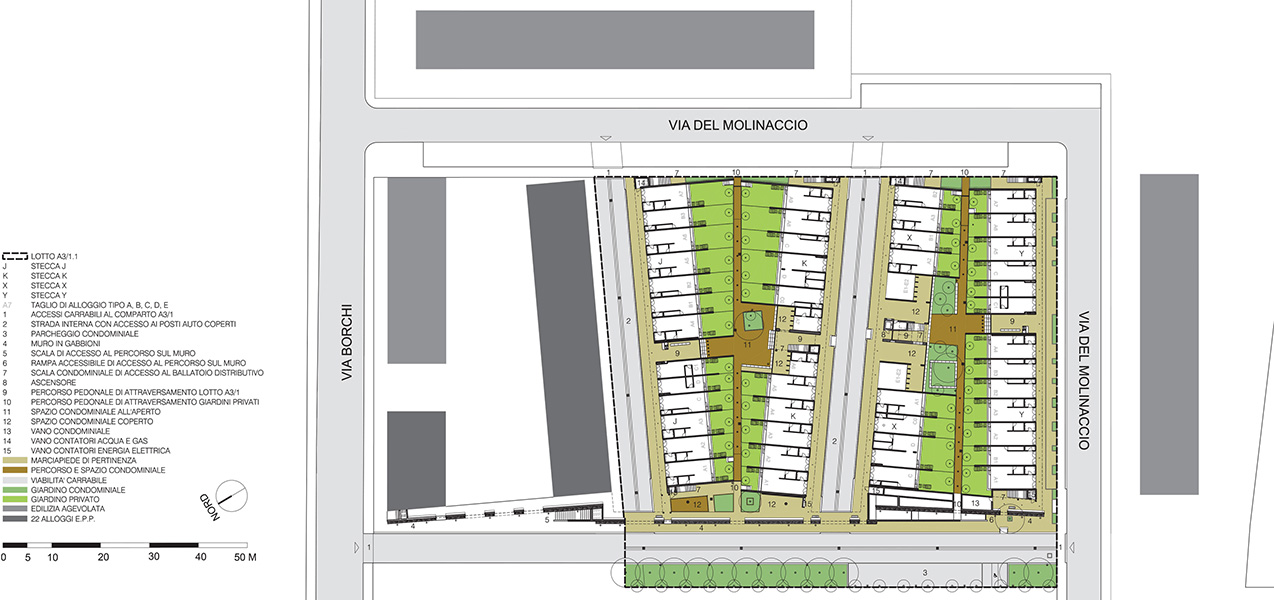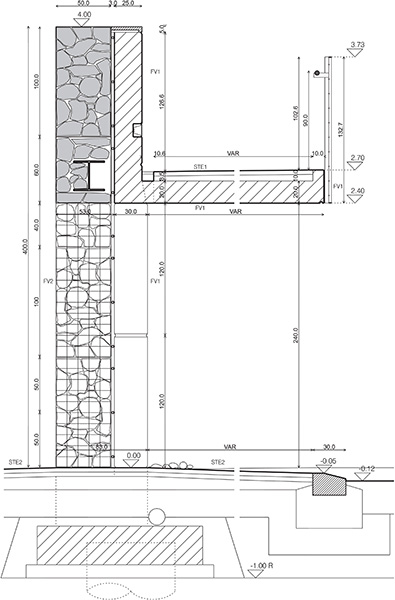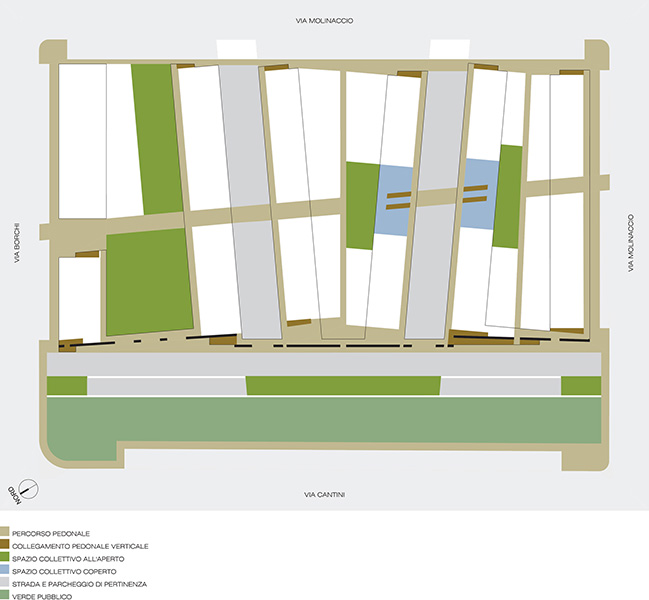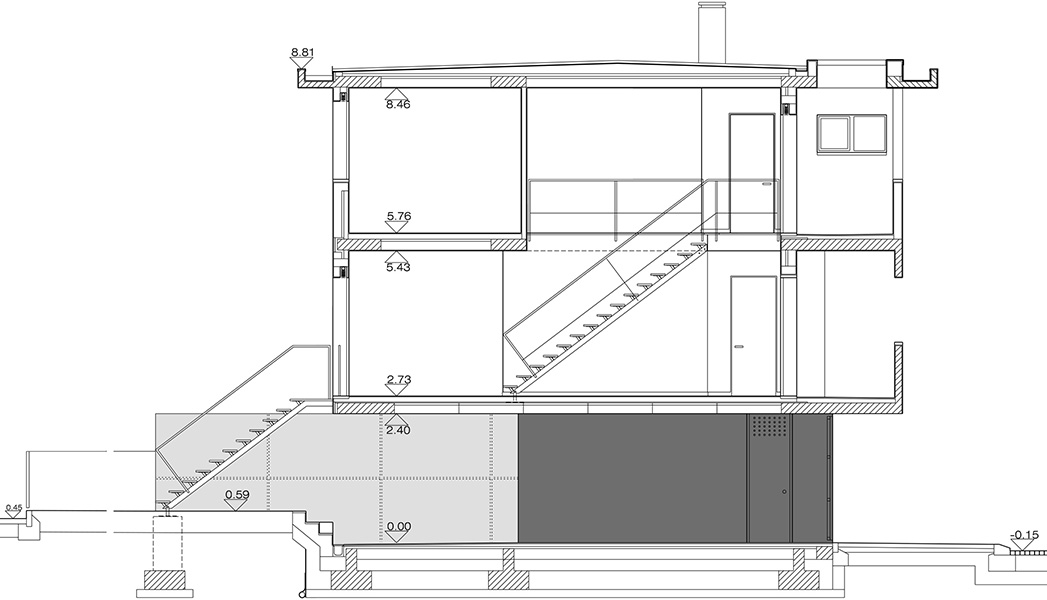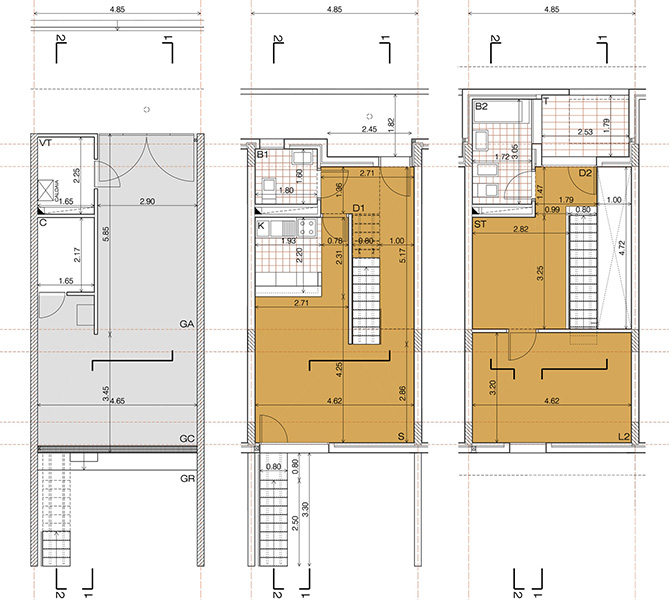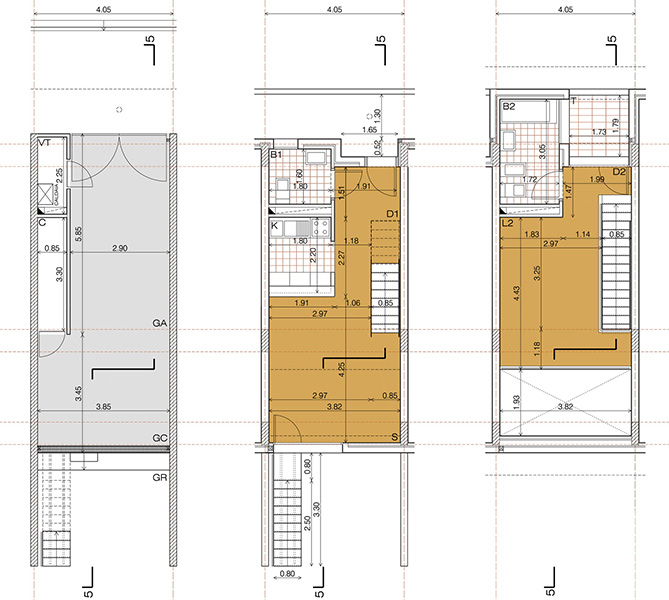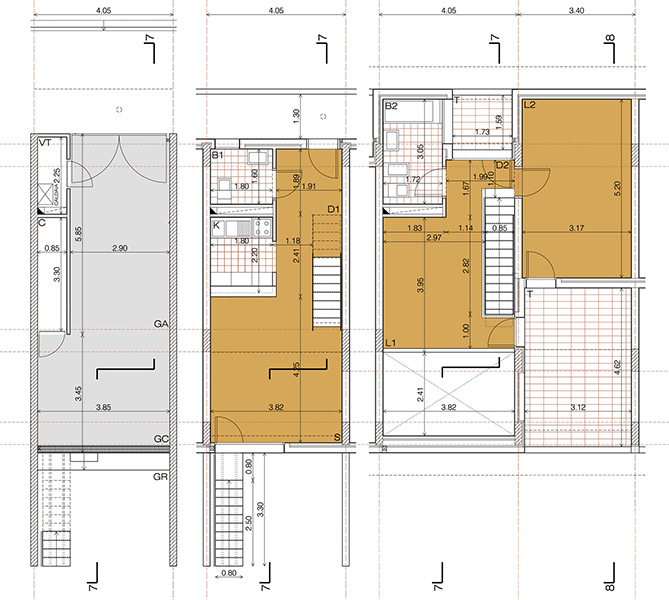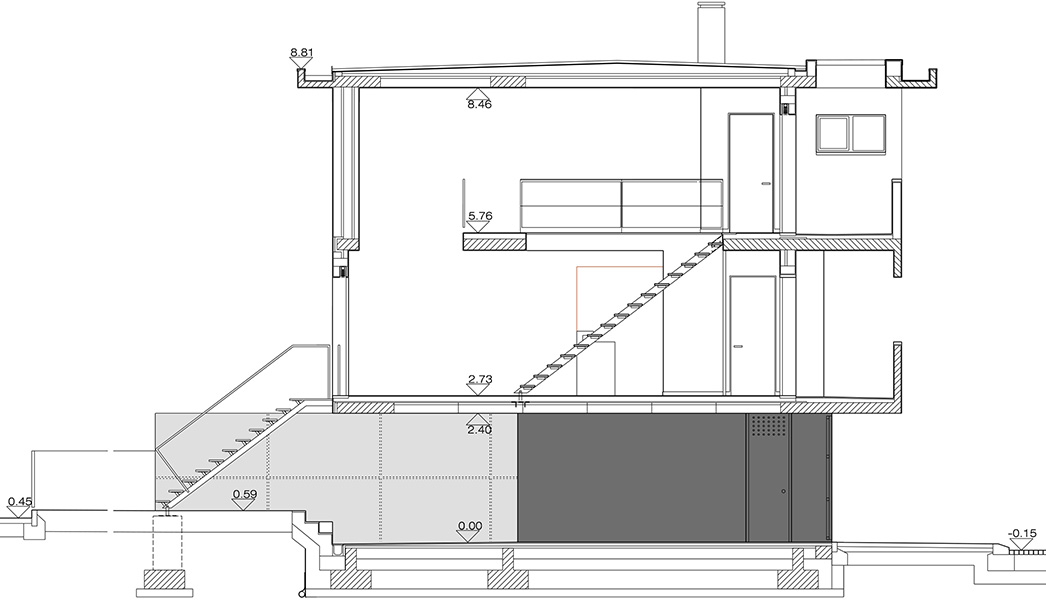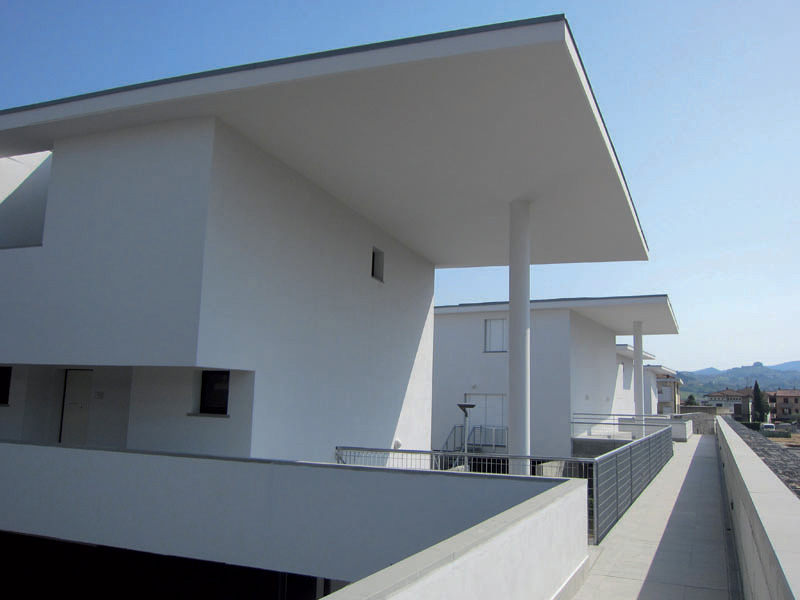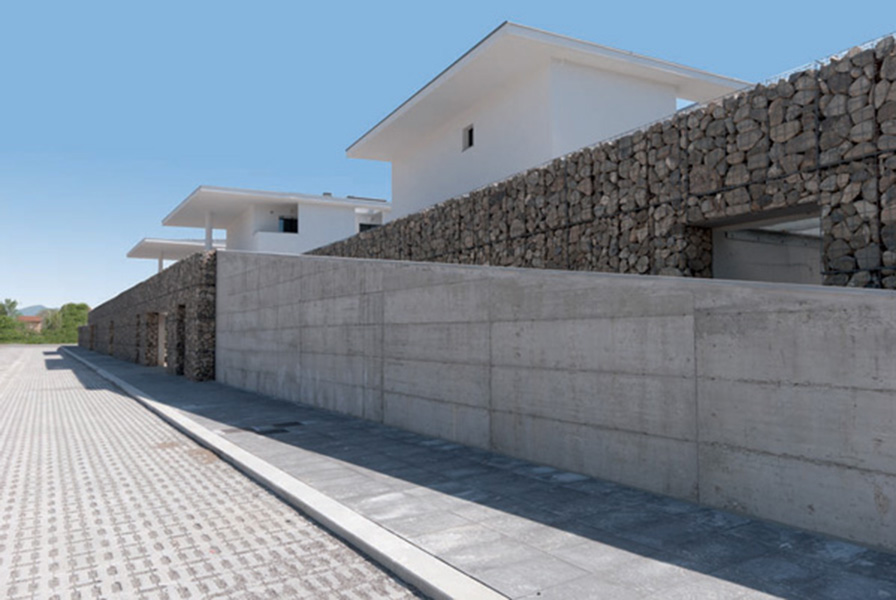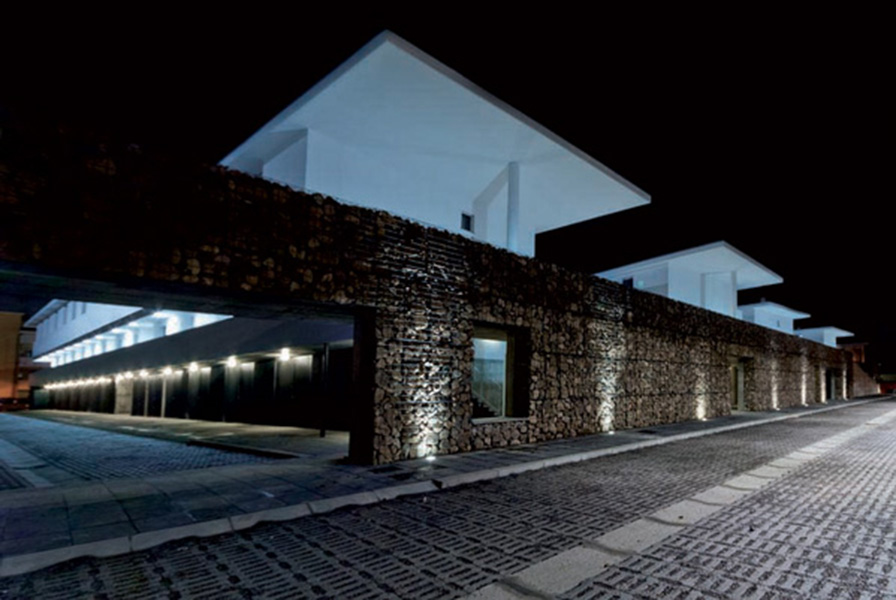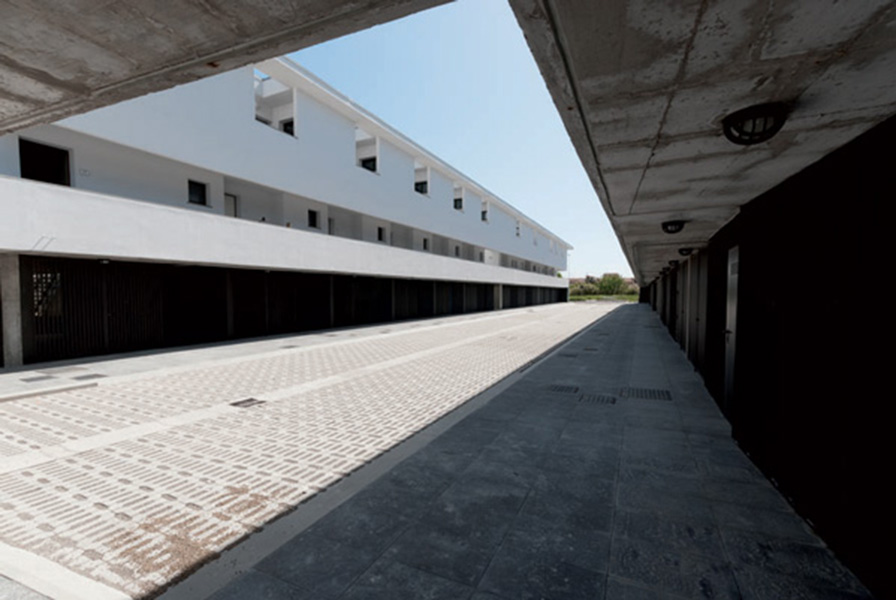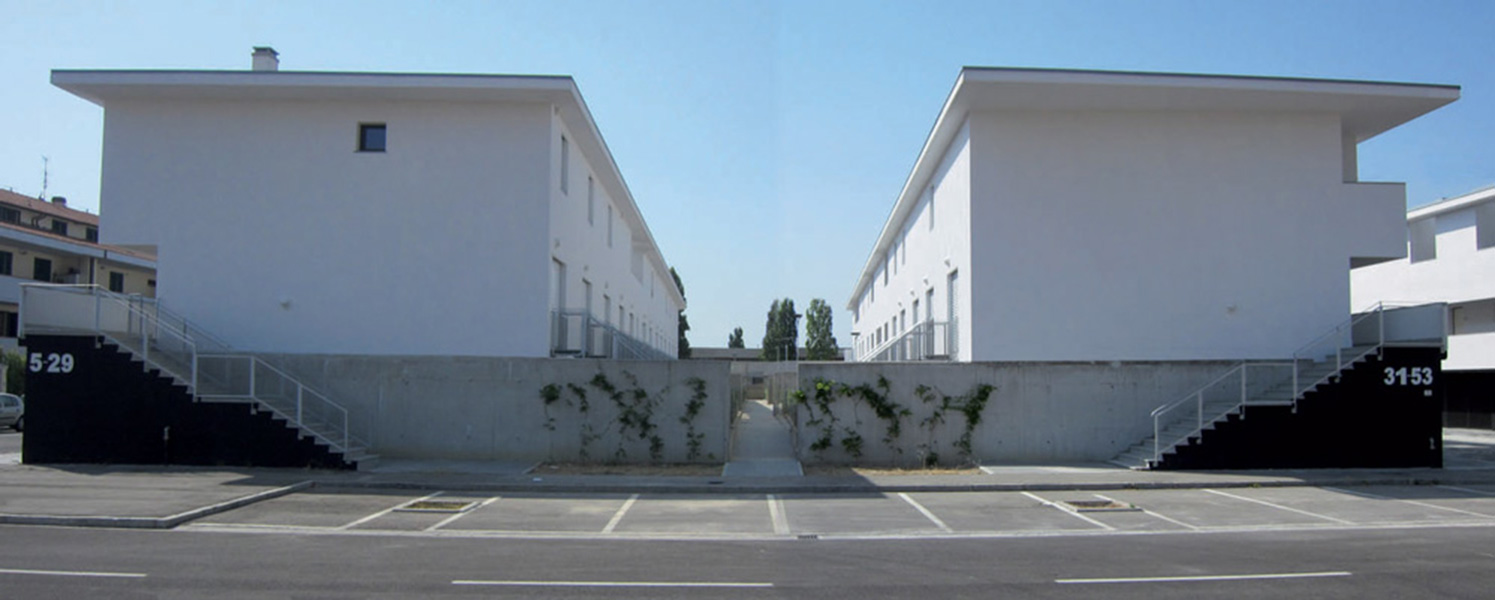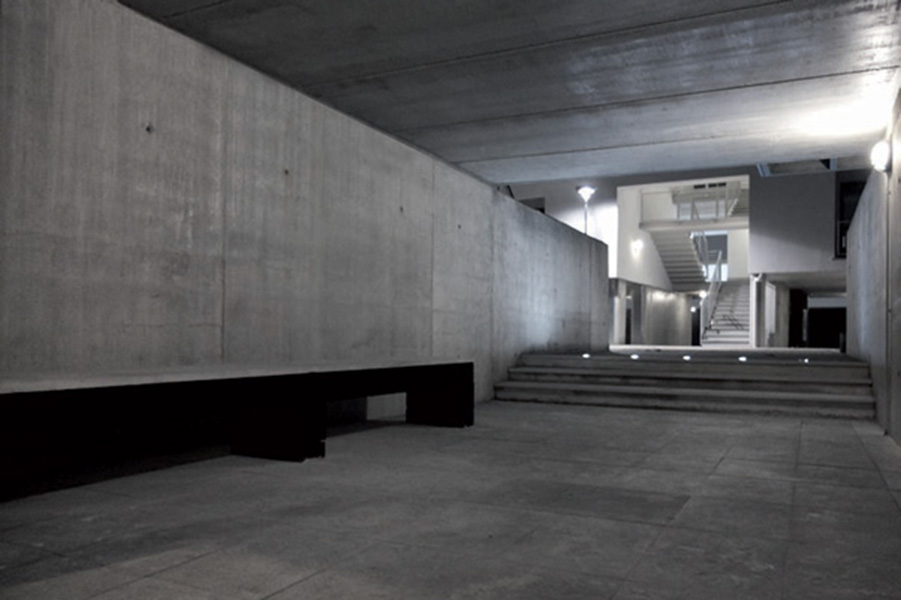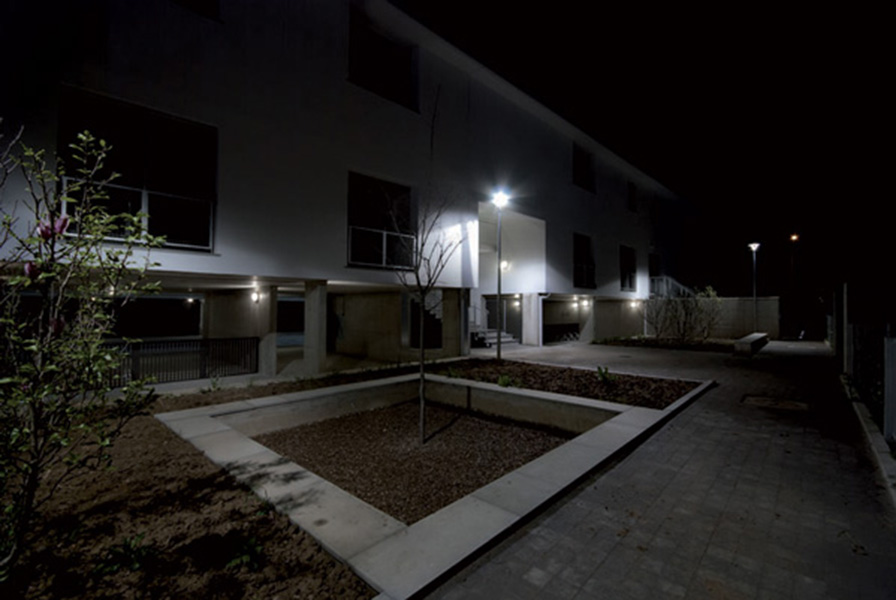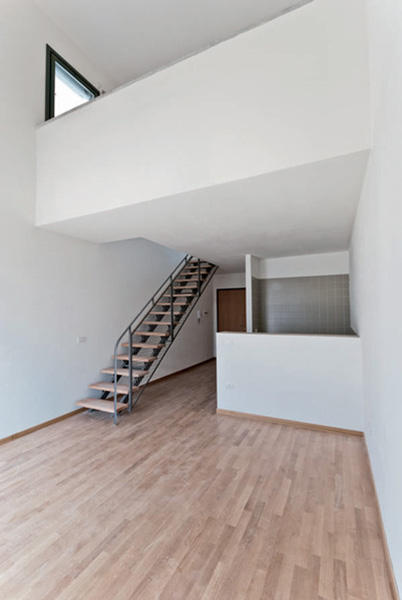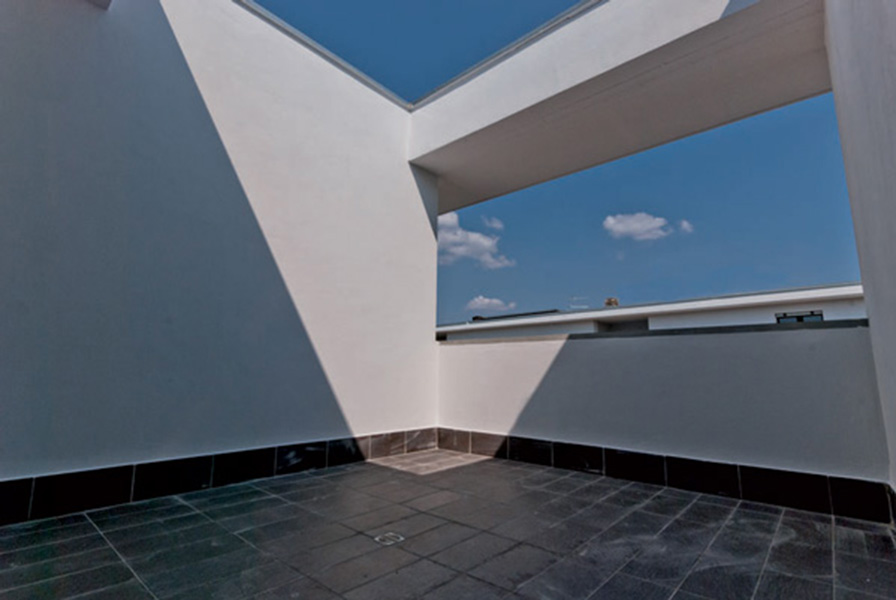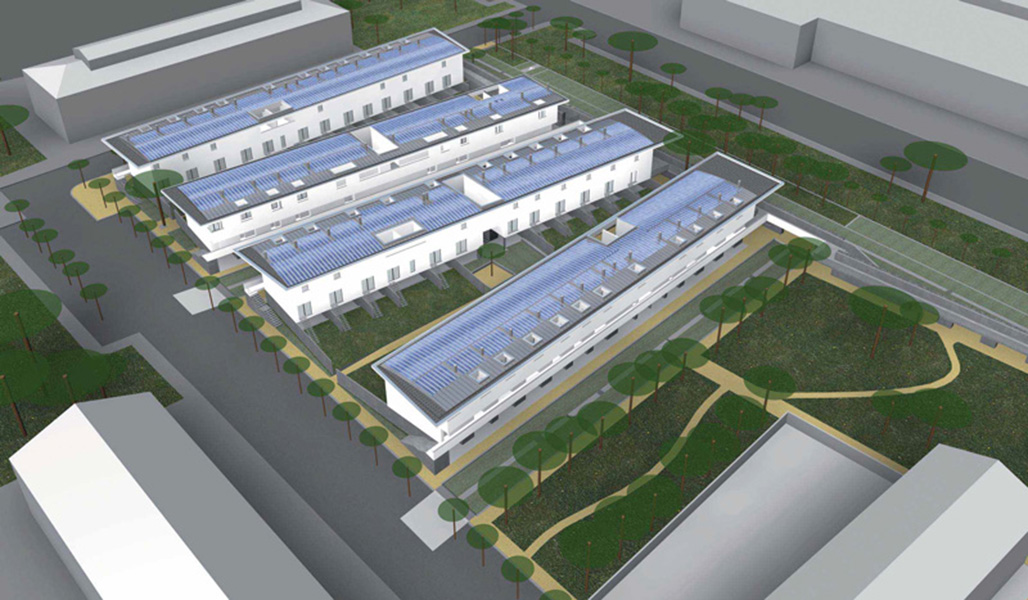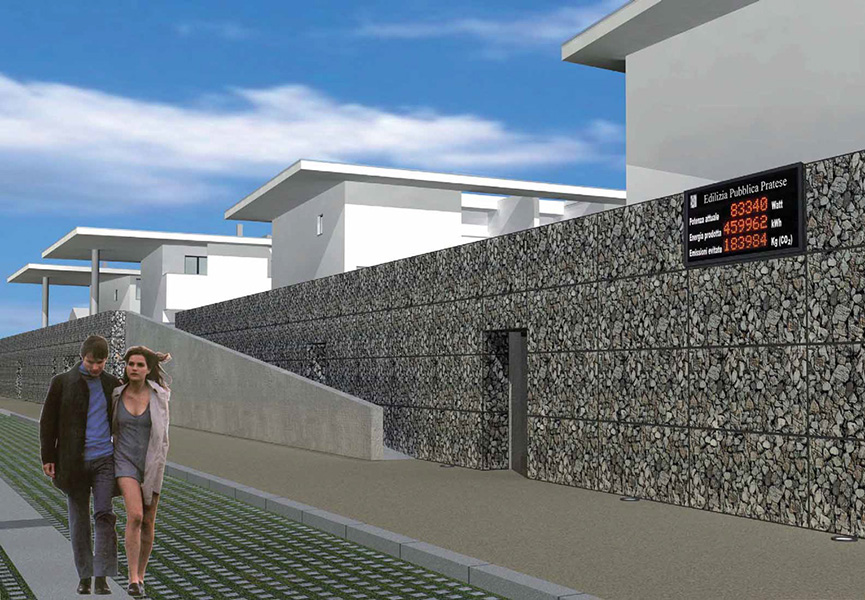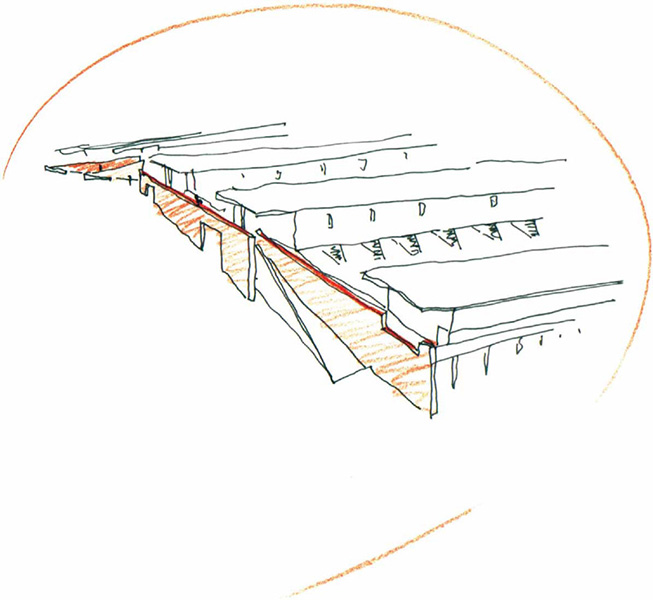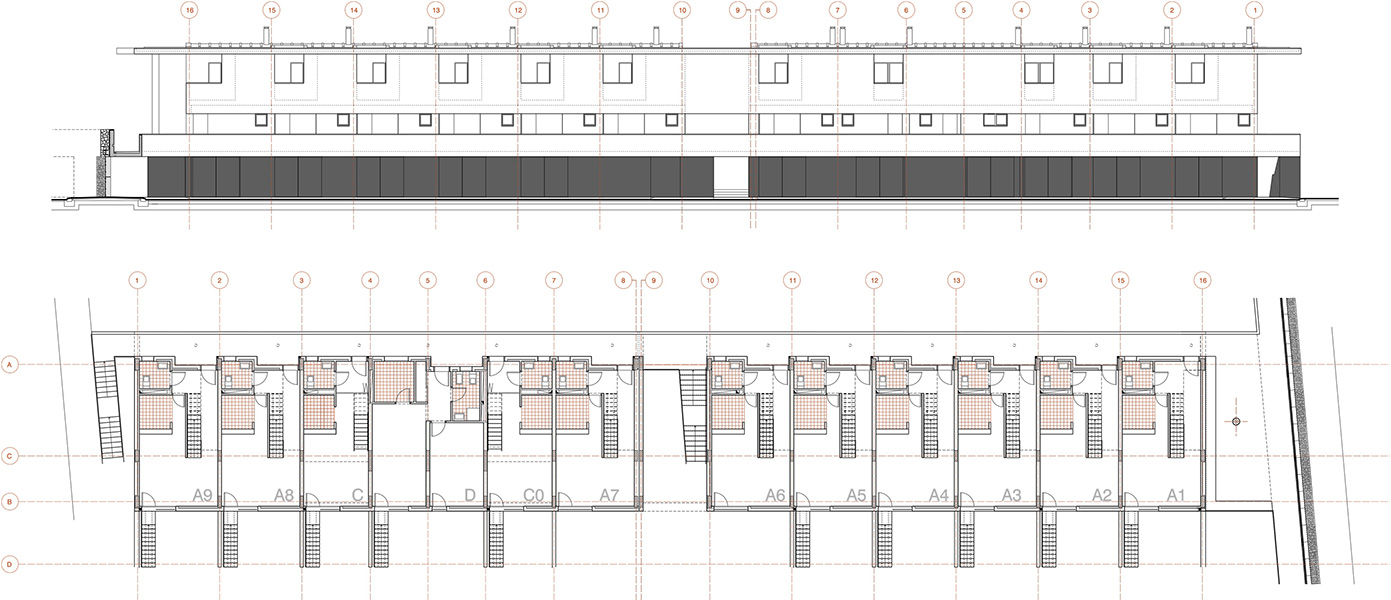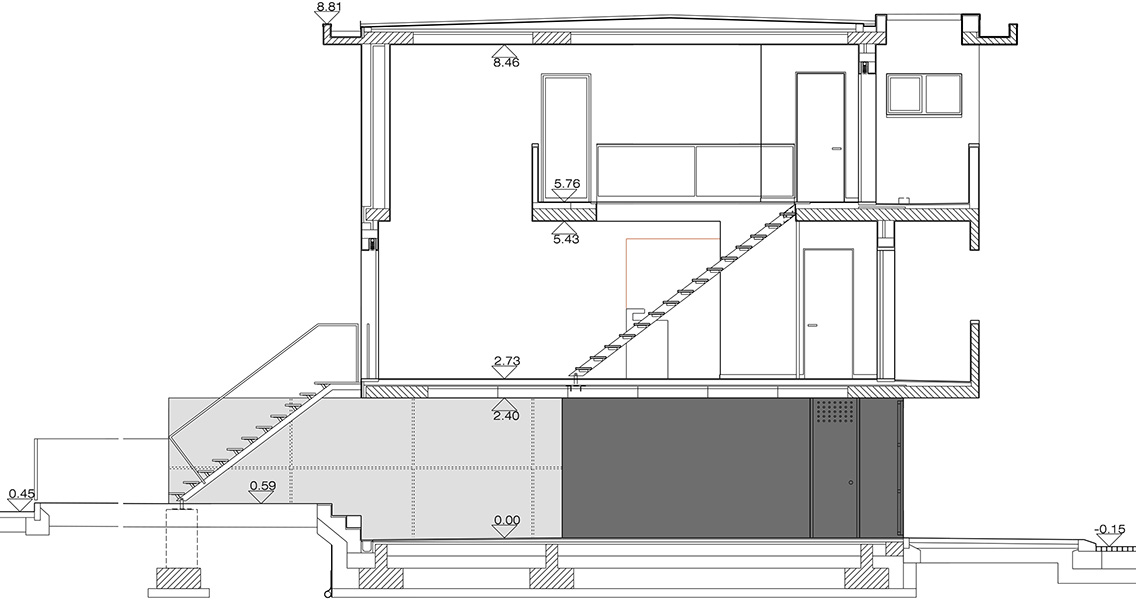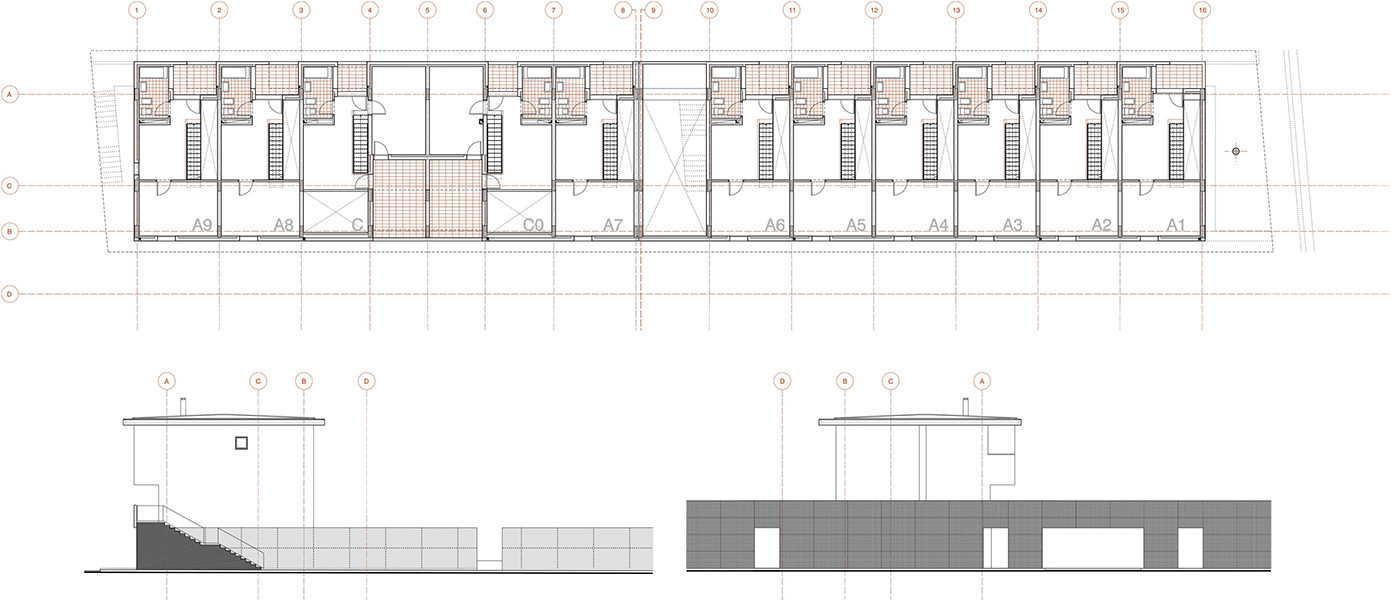NAME
Designer or design team: Arch. Elisa Palazzo and Arch. Bruno Pelucca – studiostudio architettiurbanisti
The project has been submitted by: Bruno Pelucca
Plot area: 7.641 mq
Gross area: 4.393 mq
Of which
Residential: 100%
Public/communal areas: 4.122 mq
Facilities for the public: 0
Business/trade: 0
Offices: 0
Number of residential units: 50
Typology of users: families under 35, other
Total building costs: 3.852.802,00 €
Building Cost = Total Building Cost / Gross Area: 877 €/mq
Floor area ratio = Gross Area / Plot Area: 0,575
Work started on date: Thursday, 14th April 2011
Work completion date: Monday, 26th March 2012
OWNERSHIP
Edilizia Pubblica Pratese s.p.a.
Promoter: Edilizia Pubblica Pratese s.p.a.
Allotment rule: Announcement for young families (L.R.Toscana n. 96 del 20/12/1996, nonché della Del.C.R.Toscana n.391 del 21/12/1999 (under 35, sposati da non piu’ di 2 anni, residenza anagrafica nei comuni della Provincia di Prato, limiti di reddito e di diritti di proprieta’, ecc.)
Reduction cost percentage compared to the market value:
rent: from 58% to 98% of reduction
LOCATION
Country: Italy
City/Town: Prato
Address: via del Molinaccio 5-105

